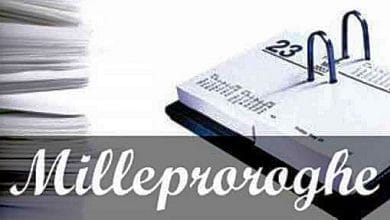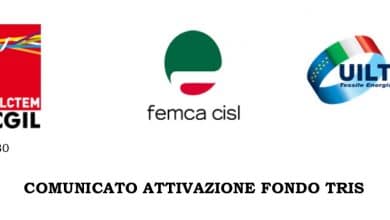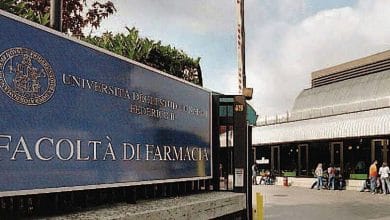
 The evolution of the pharmaceutical market in the first half of 2015 was particularly positive. The first quarter closed with a turnover of approximately 5.8 billion euro with a growth of +5.4% in value compared to the same period of 2014. April expressed double-digit results and this partially explains the setback on pharmacy channel in May together with the fewest opening days. The data (calculated at the sector level and at the maximum sale price for the hospital sector) are based on a relevant sample of pharmacies and hospitals. From the statistics emerges the picture of a sector holding up in the face of the economic crisis.
The evolution of the pharmaceutical market in the first half of 2015 was particularly positive. The first quarter closed with a turnover of approximately 5.8 billion euro with a growth of +5.4% in value compared to the same period of 2014. April expressed double-digit results and this partially explains the setback on pharmacy channel in May together with the fewest opening days. The data (calculated at the sector level and at the maximum sale price for the hospital sector) are based on a relevant sample of pharmacies and hospitals. From the statistics emerges the picture of a sector holding up in the face of the economic crisis.
The analysis focuses on registered pharmaceutical products and highlights how the market is driven by the sector of medicines consumed in hospital which, together with the distribution in the name and on behalf of specialist medicines, covers around 48% of the total and shows very high growth rates positive. Specialist medicine is growing thanks to new medicines.
The products launched in the last two years, in fact, contribute to half of the total growth of the hospital channel. Even ethical medicines (prescription medicines) distributed in pharmacies return to growth in terms of turnover, albeit modestly, driven by a positive seasonality at the beginning of the year and as a result of the expiry of patent expirations, which had caused a significant decline in prices for drugs prescribed by general practitioners. In recent months, research has brought to the market various particularly innovative products capable of significantly improving the quality of treatment and even eradicating diseases that until recently had no resolutive therapy.
Q his wave of new drugs (after a few years of stagnation in research) will also have an impact in the immediate future and, combined with demographic evolution, will put all health systems to the test, including the Italian one. In Italy, pharmaceuticals are financed with a portion of the allocation for health expenditure, which has been reduced for 2015 and for the years to come, with the consequent cut in resources also for medicines. Naturally this will imply an almost certain breach of the ceiling for territorial spending (drugs distributed by pharmacies) which has been under control for years thanks to the decrease in prices following the expiry of patents.
his wave of new drugs (after a few years of stagnation in research) will also have an impact in the immediate future and, combined with demographic evolution, will put all health systems to the test, including the Italian one. In Italy, pharmaceuticals are financed with a portion of the allocation for health expenditure, which has been reduced for 2015 and for the years to come, with the consequent cut in resources also for medicines. Naturally this will imply an almost certain breach of the ceiling for territorial spending (drugs distributed by pharmacies) which has been under control for years thanks to the decrease in prices following the expiry of patents.
On the other hand, hospital pharmaceutical spending, which suffers chronically from much lower funding than actual needs, will see the situation exacerbated by the introduction of high-cost drugs, which nonetheless represent for many patients an important improvement in their expectations of care. By now many agree on the fact that to manage this degree of therapeutic innovation it is necessary to rethink the financing model, which makes it possible to balance costs and possible savings on healthcare expenditure as a whole.
Let's think for example of treatments that allow the optimization of disease management costs (savings on diagnostics or hospitalizations) as in the case of the new antivirals, but also of many products that with their oral formulation do not force patients to go to hospital to receive intravenous infusions. At the moment, from a strictly financial point of view, it is not possible to capitalize these savings, not only because they refer to different budget items but also because they are realized in the long term while the costs of the therapies are concentrated in a short time.
For this reason we believe it is worth reflecting on new reimbursement models for the most innovative drugs, which can dilute their impact over a longer period and overlap with what is in place with the traditional management of the pathology. Among the advanced countries, Italy would be the best prepared to experiment with this approach, being the only European country capable of evaluating the long-term outcomes of drugs thanks to the register system introduced by Aifa.
SERGIO LIBERATOR general manager; Ims Health Italy.
MF – Milan Finance – 08-27-2015
Related news: AIOM: "IN 10 YEARS, THE PRICE OF ANTI-CANCER DRUGS DOUBLE IN 10 YEARS, A NATIONAL FUND FOR ONCOLOGY IS NEEDED IMMEDIATELY"





